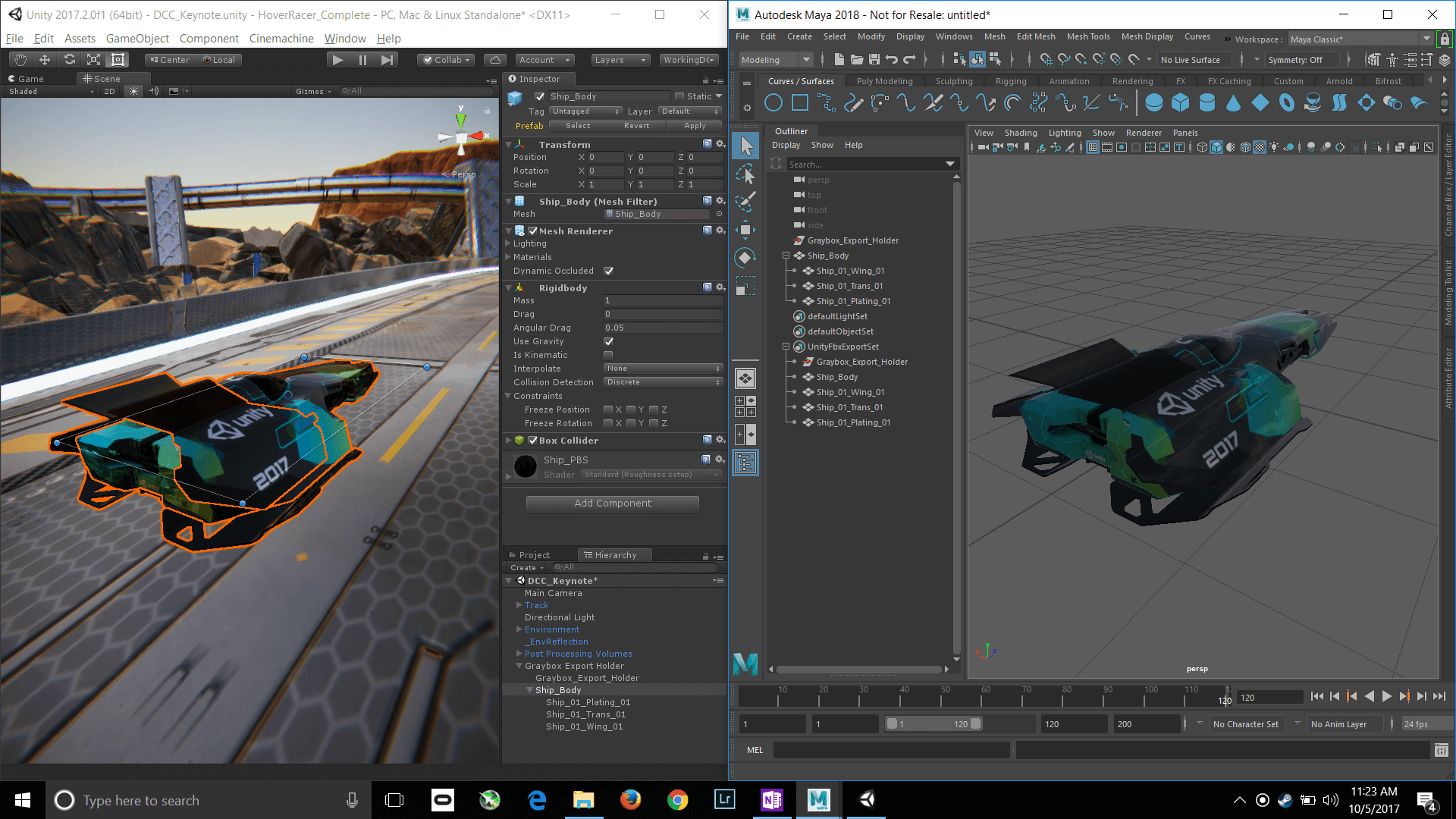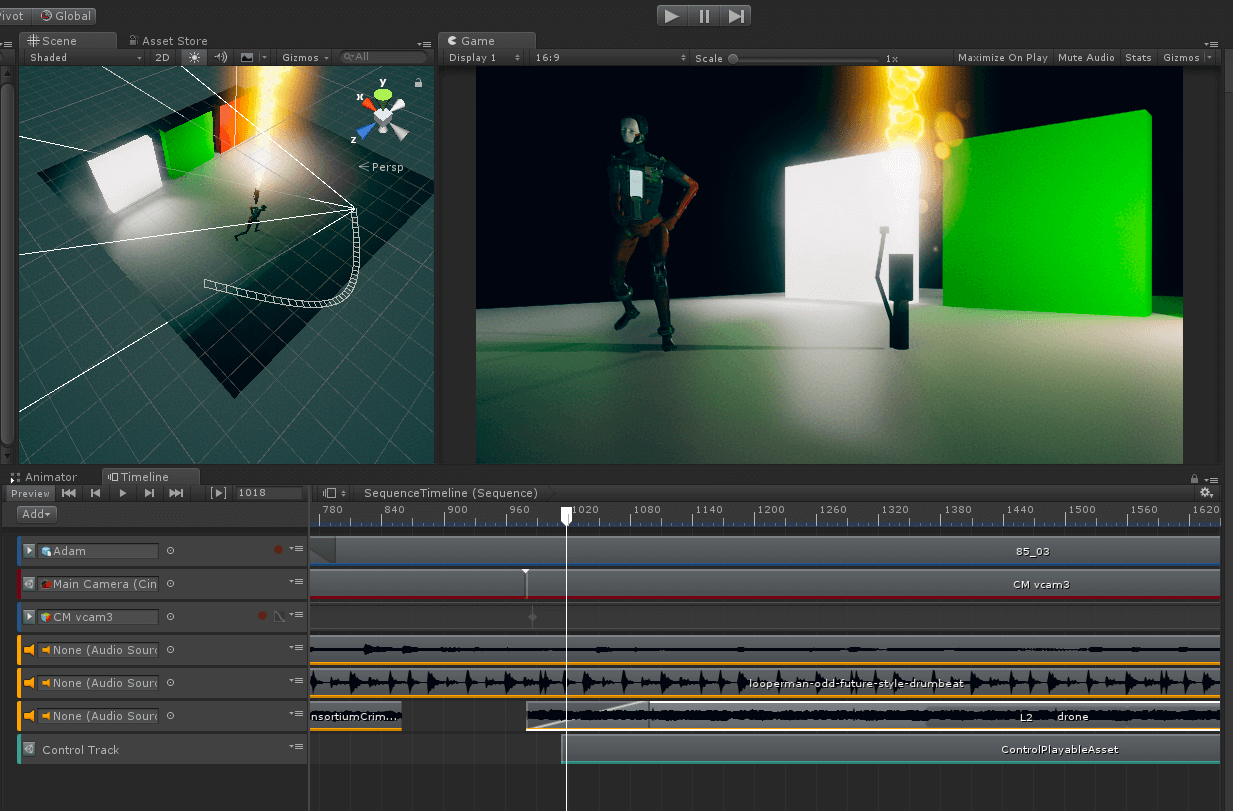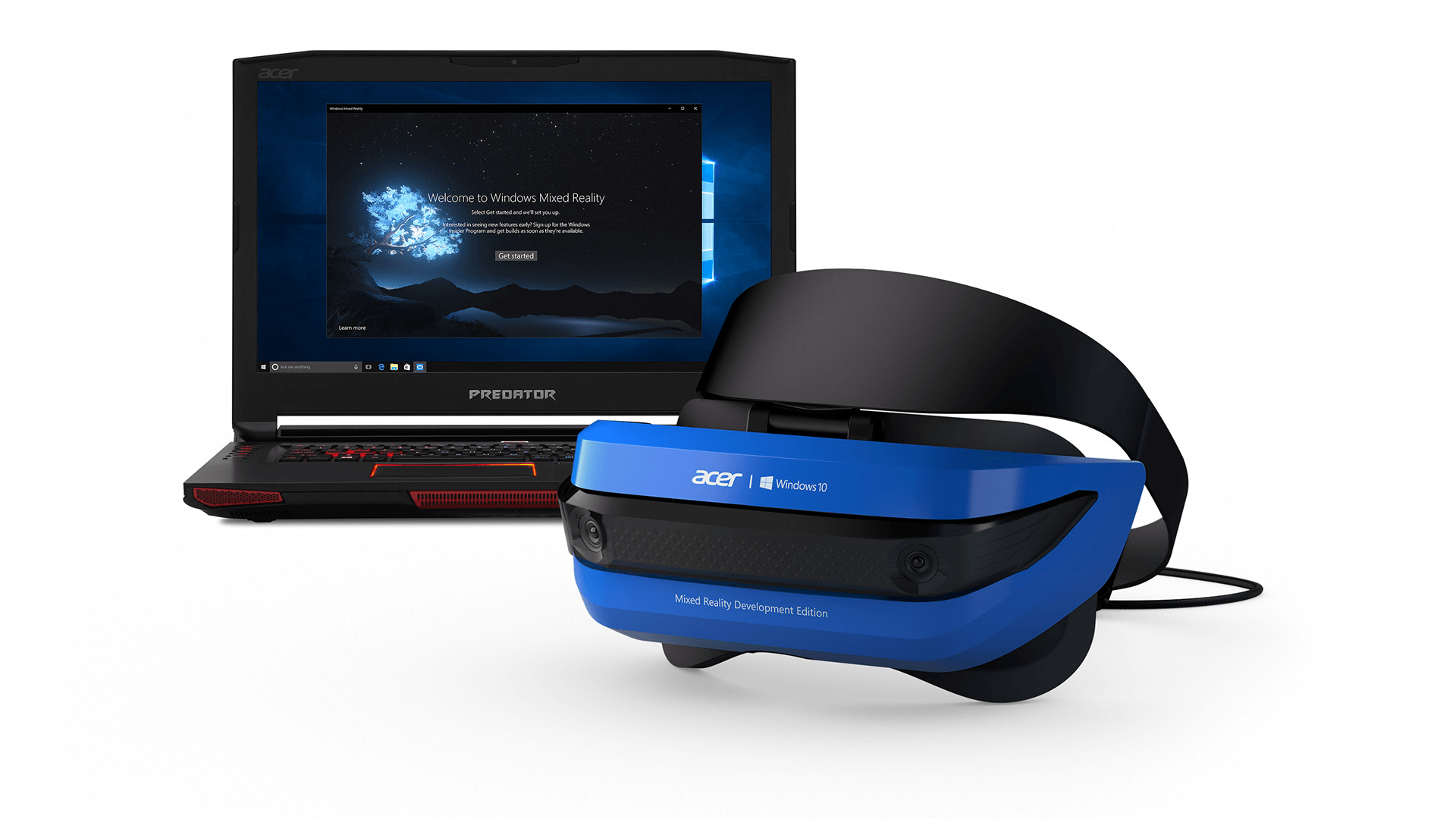A few days ago, a massive update for Unity 2017 was released. The main innovations in it relate to working with two-dimensional games. Working with Maya has also been simplified.
Unity has updated Tilemap and allowed you to make 2D videos in Cinemachine
The main novelty in working with 2D is the appearance of a new editor for working with tiles (Tilemap). In the official blog, Unity emphasizes that developers can now “quickly and easily create tile levels without using third-party solutions.” For example, a designer can now create his own palette of tiles and smart brushes, which can be immediately put on stage.
In the video, which can be seen below, you can see how the developer simply selects a set of sprites, and then uses this selection as a brush.
Another important innovation for those who are engaged in “flat” games is the appearance of 2D support in Cinemachine, a system for shooting in–game videos. Initially, Unity Technologies developed the plugin as a solution for AAA titles and esports competitions.
Now the “indica” can join this tool.
“In addition to this, Unity 2017.2 contains a huge number of small improvements and fixes in 2D rendering, 2D physics, sprite atlas packaging system and particle system,” he noted in a comment for App2Top.ru Valentin Simonov, Field Engineer at Unity.
In Unity 2017.2, working with the FBX format has been greatly simplified
The collaboration between Unity and Autodesk has made it easier to export/import files in FBX format (Autodesk’s proprietary format for three-dimensional graphics).
In particular, now you can crank the following scenario: throw a model in FBX format from the Unity library to Maya, edit it and immediately throw it back.

“In Unity 2017.2, a 3D artist can easily flip 3D models between two tools, preserving all the settings of materials, textures and Unity-specific components such as Collider, Rigidbody, AudioSource and others. And in general, exporting 3D models from Maya is now easier than ever. With one click, a 3D artist can save a model with materials, textures, Stingray Physically-Based shaders and animations (including custom properties) to an FBX file that will automatically appear in the Unity project,” Valentin reveals the new functionality.
Audio timeline visualized
The Unity 2017 update to 2 also added audio visualization in the timeline. Now, as in any professional video editor, when editing a scene, the developer sees the sound fluctuation in the tracks. Thanks to this, working with sound should become more convenient.

New training format
The authors of the engine have added an interactive learning function to it, within which the developer can get acquainted with the capabilities of the tool directly in the package itself.
So far, the available tutorials are intended for those who have never worked with the engine, but the company has promised to increase the number of training lessons, and also added the ability to do them for activists on their own.
Extended support for virtual, mixed and augmented reality
The new version of Unity has implemented/updated support for most of the most relevant technologies that are related to “realities”:
- added internal support for Vuforia, which attaches digital content to images and physical three-dimensional objects;
- native support for Windows Mixed Reality virtual glasses is included, including the ability to publish VR content in the Microsoft Store;
- implemented Google ARCore support;
- updated Apple ARKit support.
“This makes Unity an obvious choice for developing AR applications,” Valentin loudly declares, talking about VR support in Unity.

The full list of innovations can be found at the link.
